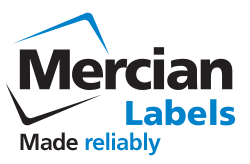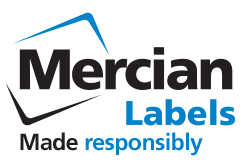Blood Bank Labels
Sequence verified barcode labels for precise and accurate blood labelling.



Blood bag labelling is one of the most important applications for barcoding – matching blood to patients, providing an audit trail and reducing errors.
Blood bag labels can be printed with 1D or 2D barcodes depending on the amount of information required. A 2D barcode is being used more and more throughout the Blood Transfusion Service (BTS) and the World’s National Health Services because a large amount of information needs to be stored on the barcode, such as the Donor ID, patient name, patient ID, personal and contact information, their blood group, their name, donor site location and so much more.
In order for essential data to follow the contents of the blood bag, labels must endure a series of challenging conditions. Labels must maintain a strong bond to the flexible blood bag during centrifugation while whole blood is separated into components. Labels must remain attached during standard or cryogenic freezing (plasma and some red cells), refrigeration (red cells), or continuous shaking at room temperature (platelets). The bond must then be maintained during warming, which often includes immersion in a water bath. Different blood components and storage conditions yield varying shelf life; clear expiration date identification guarantees patients receive only safe, effective products.
Beyond the physical performance needs, blood bag labels must also meet regulatory requirements. ISBT 128 is the global barcode standard used for the identification, labelling and information processing of human blood, tissue and organ products across international borders and disparate health care systems.
We also recognise that these labels are critical to the proper functioning of Blood Transfusion Services around the world, which is why we have carefully developed and tested the latest innovations in label materials combined with modern technology to manufacture a blood bag label that is second to none in the healthcare industry.









